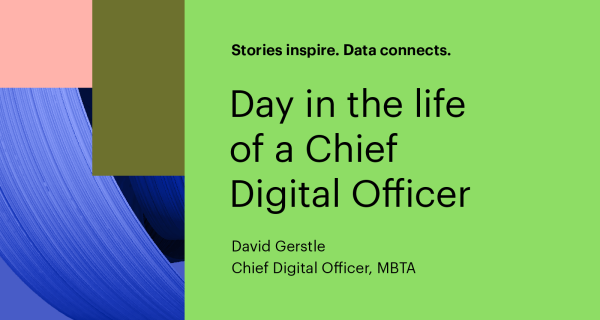I’ve written before about the importance of good storytelling as a differentiator for technology content marketers. Storytelling is the backbone of any brand, and to tell a great story you need to deeply understand and connect with your audiences.
One challenge for global organizations is how to forge deeper connections with buyers across different geographies. Storytelling that attracts and engages IT buyers in the U.S. won’t necessarily resonate with audiences in Latin American, European, or Asia-Pacific markets. There’s a reason why “lost in translation” is a thing. Nuances in culture, communication styles, and even the IT purchase process require a market-specific approach to storytelling, beyond standard language translations.
Localized storytelling doesn’t require unlimited budget and bespoke content for every market you’re targeting. To effectively scale your localization efforts, the key is repurposing core assets for individual markets. This approach also helps to ensure that localized content is consistent with your overall brand principles, because the overall narrative doesn’t change.
Here are three ways to localize your storytelling to have more impact with target audiences in specific geographies.
Local data
Citing research studies and other data sources in brand content adds credibility and authority to your messaging. This type of data-driven storytelling becomes more impactful with localized data. Third-party data that’s specific to the country or region you’re serving adds a local flavor that is more relatable to the audience. Analyst firms like IDC (Foundry’s sister company) offer a variety of market research services across different regions that provide a trove of useful data and insights.
Conducting or commissioning your own global research is another option, allowing you to “own” the data and segment the results for specific markets. This lets you create multiple versions of an asset with localized callouts or charts. In addition, when you analyze crosstabs across different regions, you can often find interesting insights about each segment’s interests and buying behaviors – which brings me to my next tip…
Local audience insights
Insights about the local audiences you’re targeting can help you make better decisions about tailoring your content for individual markets, in terms of both topics and formats.
For example, Foundry’s 2023 Role & Influence of the Technology Decision-Maker Survey found that the average buying committee among U.S.-based organizations contains 22 people, split evenly between IT (11) and LOB (11). But in EMEA and APAC, the buying committees have many more stakeholders, with organizations in each averaging 29 people who influence technology purchases. Knowing the differences in the size and makeup of IT decision-making teams can inform localized content strategy.
Differences in buyer behaviors can influence your approach as well. For example, The Role & Influence study found that 76% of U.S.-based ITDMs registered for a work-related webcast in the past 12 months, compared with 56% of respondents in EMEA and just over half (51%) in APAC. That’s an important nugget to consider when determining the right mix of assets for a campaign.
Local customer examples
Peers are an important source of information and insight for IT decision-makers. If you’re creating case studies, quoting customers in whitepapers and blog posts, or featuring customers as guests on webcasts, it’s better to localize those testimonials for each market you’re serving.
This tactic can be as simple as creating different versions of a whitepaper featuring different customer quotes, while the overall narrative remains the same. Identifying local customers to provide insights or endorsements can add some complexity to the process, but the extra work can pay off by making the examples more relatable to your target audience.
Two other things to keep in mind:
It’s important to have local teams review localized content. This “boots on the ground” approach can provide a reality check on any cultural nuances in the content you’re creating to make sure phrases that are translated from other languages are not insensitive or otherwise off the mark.
If you’re running into issues with scaling your content globally – and who isn’t – help may be on the way in the form of Generative AI. We’re already seeing content localization vendors add GenAI capabilities to their platforms to automate or augment localization workflows.
At Foundry, we’ve been doing our own experimenting with the much-hyped technology as a way to quickly produce multiple, customized versions of whitepapers and similar assets, tuned for different geographies, personas, industries, and company sizes. The results to date are promising, though we’re still in the pilot phase.
Two key takeaways when considering GenAI for content localization:
You need to start with a core, human-created asset as source material for the derivative content. And you still need a human involved to edit and fact-check the customized versions that your GenAI tool generates.
These simple localization tactics will help you scale your content marketing efforts globally without busting your budget. Localization is another tool in your storytelling toolbox to help you forge deeper relationships with your customers and prospects, wherever they live and work.





